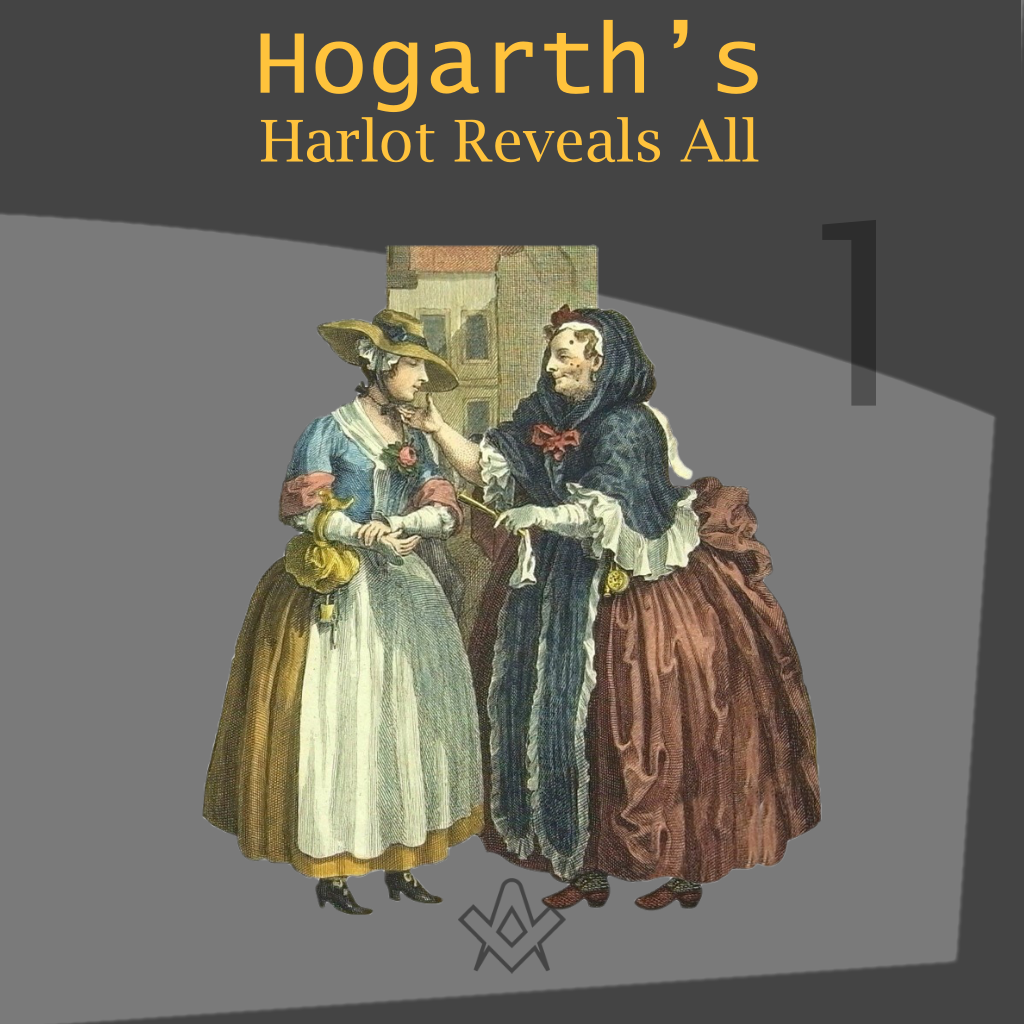Do you recognise these women?
They are characters from one of Britain’s most popular art works.
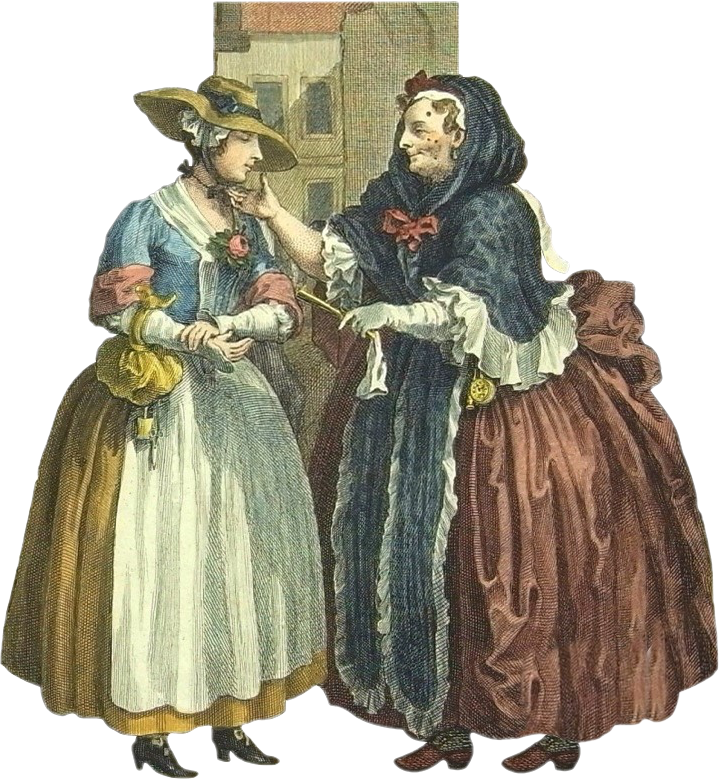
Figure 1 – Main characters from Scene 1 of A Harlot’s Progress
IMAGE CREDIT: A Harlot’s Progress (1731) by William Hogarth Attribution 4.0 International (CC BY 4.0)
A young country girl is being lured into prostitution by a villainous bawd. This is the first scene of A Harlot’s Progress (1731) by William Hogarth.
Look how this notorious brothel keeper inspects a new recruit by ‘chucking’ her under the chin. She threatens the young girl with a fan pointed towards her heart.
Do you notice anything Masonic about this ‘introduction’?
The young woman averts her gaze and crosses her arms rather nervously. An ominous shadow darkens the wall directly behind. It lines up with the young girl’s eyes, as if she is moving from away from the darkness and into the light.
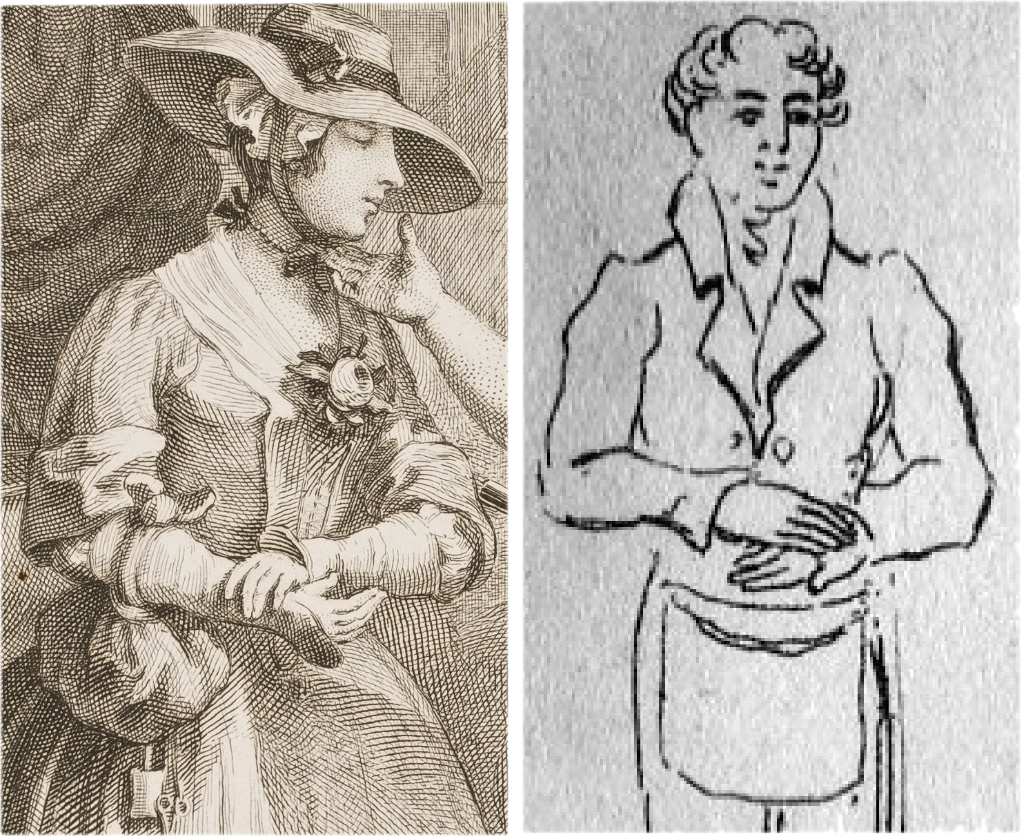
Figure 2 – Right – Illustration from Avery Allen’s expose which was republished by Supreme Council (AASR) in 2008
IMAGE CREDIT: A Harlot’s Progress (1731) by William Hogarth Attribution 4.0 International (CC BY 4.0)
Freemasons of the day would recognise these hints as elements from their ritual. Her hands are held exactly as was prescribed in a Masonic expose.
Illustration on the right from Avery Allen’s expose which was republished by Supreme Council (AASR) in 2008
Look closer at that hand at her neck. An expose of the time had the accompanying line: ‘Extending the Four Fingers of the Right Hand and drawing them across his Throat is the sign.’ Prichard, Masonry Dissected (1730).
The Mason’s Confession, printed in 1727, would explain why the fan is pointed at her chest: ‘After one comes in at the door … the open compasses pointed to his breast.’
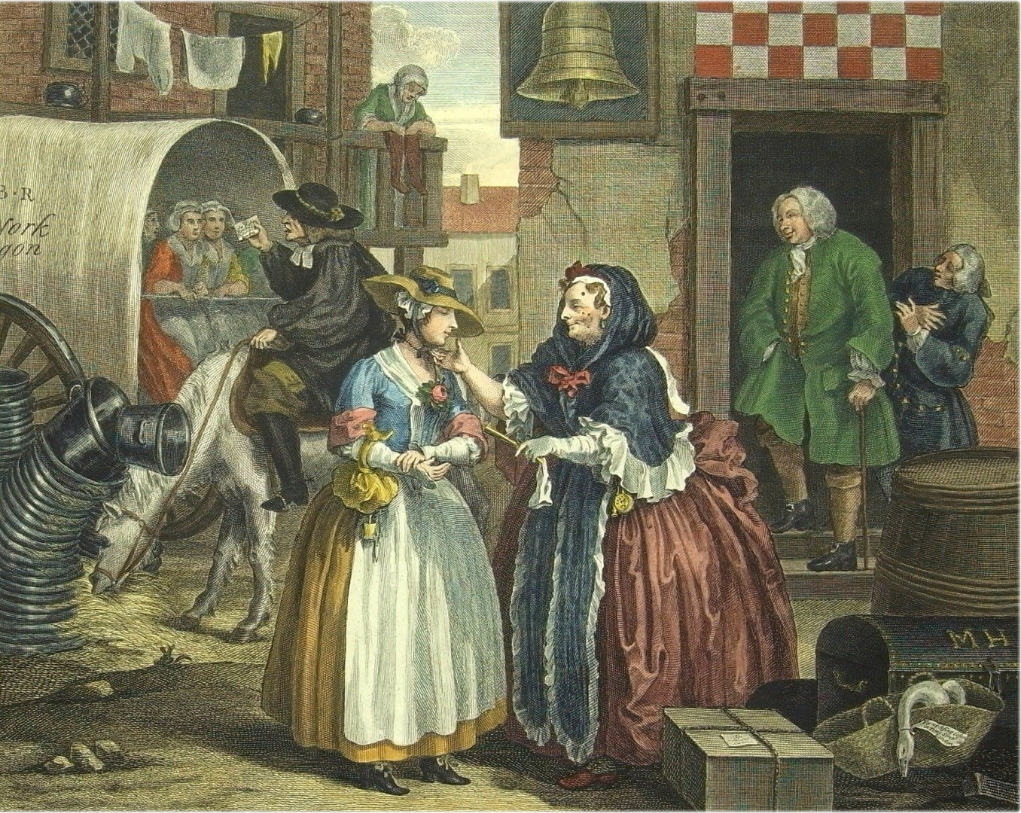
Figure 3 – Scene 1 of A Harlot’s Progress
IMAGE CREDIT: A Harlot’s Progress (1731) by William Hogarth Attribution 4.0 International (CC BY 4.0)
This young woman is standing in a large white apron, her feet at an awkward parallel. She is playing the part of the Entered Apprentice. Indeed, this colourful scene (figure 3) contains over twenty details that show elements from this degree.
The two columns of buckets; the goose and gridiron; the letters on her trunk; the woman hanging laundry; even the chamber pots that are drying out on her balcony – these details all have a Masonic connection to the First Degree in Freemasonry.
It took William Hogarth six scenes to tell the sorry story of how this young girl was tricked into prostitution. Within these six prints, Hogarth managed to conceal elements from all the degrees he had taken. I am going to feature a different scene in each of my monthly columns.
As we scrutinize each print, I explain a little background as to the artist’s motives. I will also show other paintings in which Hogarth leaves a trail of evidence that will help us to understand the development of the Premier Grand Lodge.
However, before we leave the first scene, we really should address the man fondling himself in the doorway!
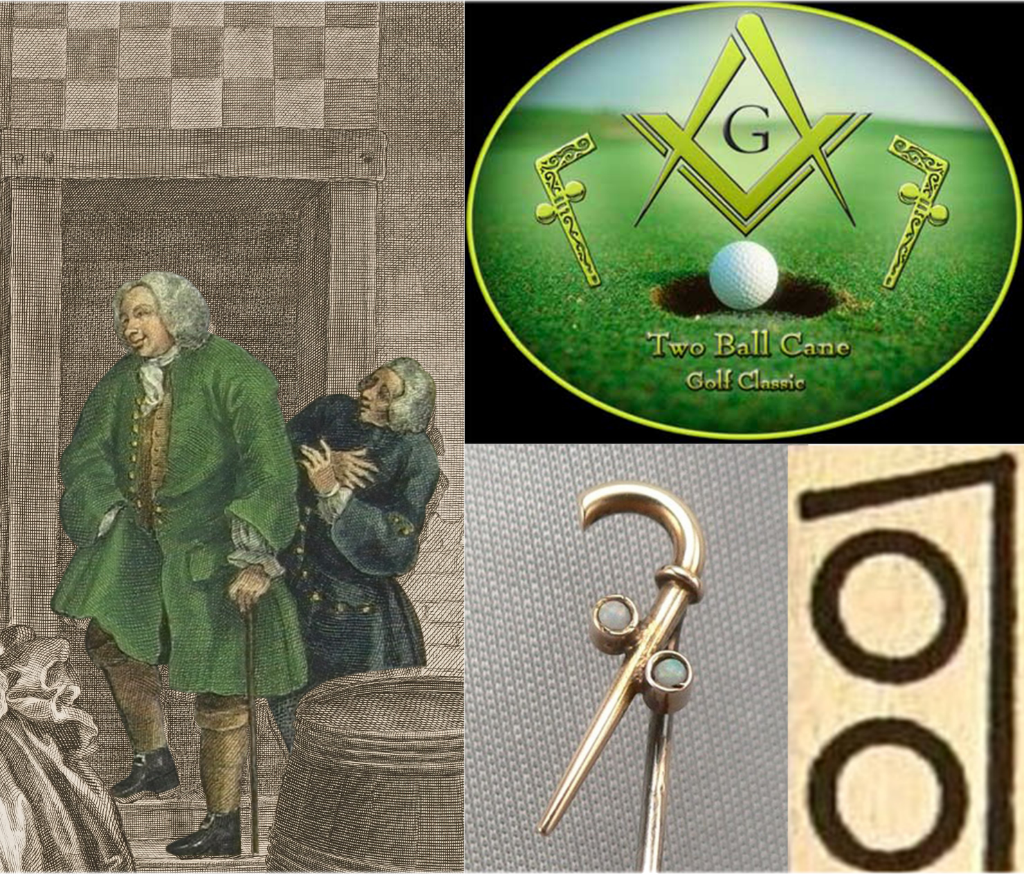
Figure 4 – Who is this man playing pocket billiards?
IMAGE CREDIT: A Harlot’s Progress (1731) by William Hogarth Attribution 4.0 International (CC BY 4.0)
This lecherous character is Colonel Charteris. He was reported to have waited around the stagecoach terminus in order to prey upon innocent girls arriving from the country. He admitted to having a perverted predilection for ‘Lusty and fresh country wenches, their Buttocks as hard as Cheshire Cheeses’. He was convicted of multiple rapes.
Hogarth has used Charteris’ odious reputation to hide a Masonic password within a clever riddle. By fondling his genitals, Charteris has given away a Masonic pass which I hope is obvious to many of you.
‘Two ball cane’ has long been a joke within the lodge, usually illustrated in the form of genitalia. Today, the password is often represented as a golf club and two golf balls (figure 4) and the icon is used for golfing tournaments. Hogarth may well have been the first to illustrate this now popular visual Masonic pun by featuring this man ‘playing pocket billiards’!

Figure 5 – ‘Three Distinct Knocks’ are lined up with the bell’s clapper
IMAGE CREDIT: A Harlot’s Progress (1731) by William Hogarth Attribution 4.0 International (CC BY 4.0)
Charteris stands under a pub sign for The Bell Tavern. The checkerboard (which Mason’s would identify as a mosaic pavement) was used to advertise lodge meetings. Grand Lodge met at the Bell Tavern in the year Hogarth was raised.
The Bell’s clapper is lined up with three nails on the door lintel. Masons would recognise this as the ubiquitous ‘Three Distinct Knocks’.
They are positioned in a sort of Morse code so that their ‘rhythm’ would match the raps – ‘Another sign is knocking at any door two little knocks and the third a big one’. This from the Sloane Manuscript of 1700. (Figure 5 – ‘Three Distinct Knocks’ are lined up with the bell’s clapper )
In the early 18th century, Masons would have enjoyed working out these word riddles. Hogarth hid many within each scene.
I have identified over 100 clever details within his work – many that have been revealed for the first time.
I would like to give you a chance to guess these Masonic inclusions just as the brethren did back in the 1700s.
I will present next month’s instalment here now for you to peruse.
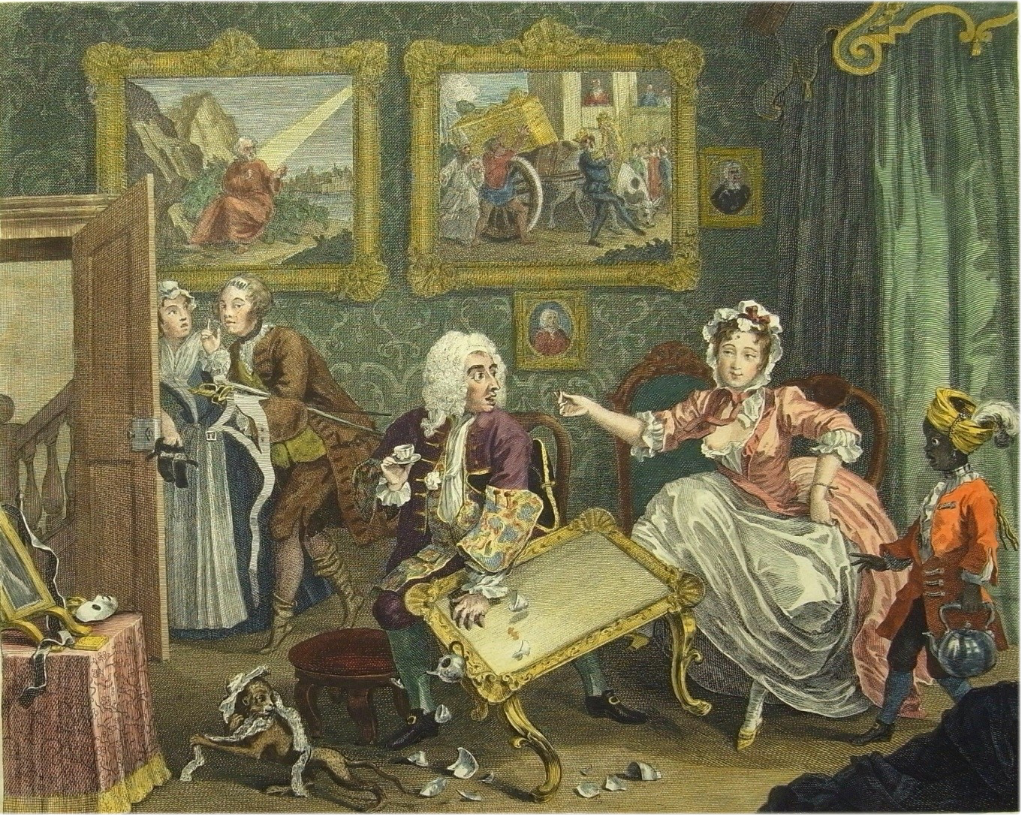
Figure 6 – A Harlot’s Progress Scene 2.
IMAGE CREDIT: A Harlot’s Progress (1731) by William Hogarth Attribution 4.0 International (CC BY 4.0)
See what you can find within Scene 2 (figure 6). I will have all the answers next month.
Here is a clue – The Harlot’s Progress, a series of six paintings (1731) were destroyed in a fire at Fonthill House in 1755, so you are viewing a colourised etching, which is a mirror copy of the original painting. Therefore the Harlot is not bearing her right, but her naked left breast. Implying she is at her initiation.
Artist: William Hogarth (1697-1764)
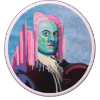
William Hogarth was made a Mason at the Hand and Apple Tree Lodge in Little Queen Street, Holborn, London c1725-28.
He later joined the Bear and Harrow in Butcher Row, known later as the ‘Corner Stone’ Lodge 4, and then Grand Steward’s Lodge. He designed a jewel known as ‘Hogarth’s Jewel’, it remained in continual use into the nineteenth century.
Hogarth was a prolific English painter whose scenes often demonstrated a satirical depiction of 18th century life.
He was responsible for the Copyright Act passed by Parliament in 1735 also known as the Hogarth Act.
Artwork: Tim Fowler
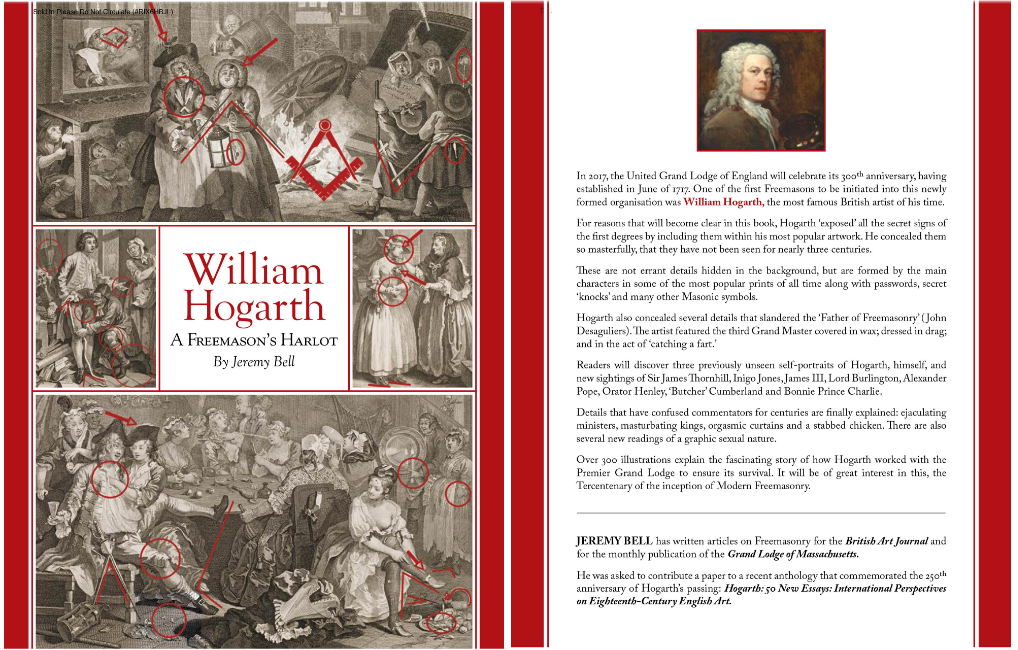
Many more details from the other scenes are explained in my book William Hogarth - A Freemason’s Harlot which is available from my website www.brotherhogarth.com.
Email me at Brotherhogarth@gmail.com. I can show you how many of Hogarth’s other works were Masonically themed.
Recent Articles: by Brother Hogarth
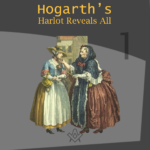 Hogarth’s Harlot Reveals All - Part 1 A new series looking at the hidden Masonic symbolism within Brother Hogarth's works - what can you find? |
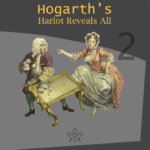 Hogarth’s Harlot Reveals All - Part 2 The second instalment in the series looking at the hidden Masonic symbolism within Brother Hogarth's works - what can you find? |
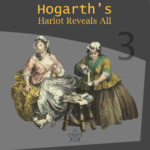 Hogarth’s Harlot Reveals All - Part 3 Brother Hogarth gives us another bawdy glimpse into the salacious world of the 'Harlot's Progress', and the tantalising Masonic symbolism hidden within! Can you spot the clues? |
 Hogarth’s Harlot Reveals All - Part 4 This month we find her in prison doing forced labour. So why, you may ask, is she dressed so finely? This sudden change of costume confused many commentators over the centuries. |
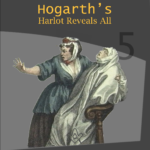 Hogarth’s Harlot Reveals All - Part 5 In last month’s instalment, our Harlot is found in prison doing forced labour. In this instalment the Harlot dies! |
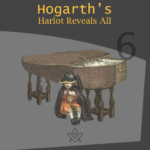 Hogarth’s Harlot Reveals All - Part 6 With our protagonist (the Harlot) lying in her casket, what next for the Widow's Son? |
 Hogarth's Harlot Reveals All - Part 6.2 A naughty clergyman, the virgin, and 'Father Time' - what can Hogarth reveal now?! |
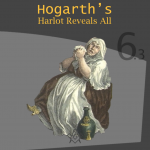 Hogarth's Harlot Reveals All - Part 6.3 Who are the famous men featured in the scene? Hogarth reveals all! |
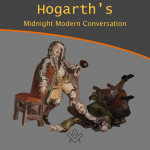 Hogarth's Midnight Modern Conversation Brother Hogarth is back with a look at another work of art with Masonic symbolism 'hidden in plain view' - what is occurring within the Midnight Modern Conversation? |
 Hogarth discreetly embeds more masonic signs and symbols in his paintings , never forgetting, everything he included in his scenes had meaning and is there for a reason. |
 Hogarth discreetly embeds more masonic signs and symbols in A Rake’s Progress, never forgetting, everything he included in his scenes had meaning and is there for a reason. |
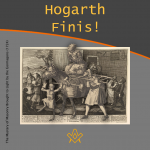 For twelve months Hogarth and his Harlot have revealed all, and the Rake has exposed himself. In this, the last part of the series (for now), we get a final glimpse at a few more of Hogarth's Masonic 'reveals'. |
masonic knowledge
to be a better citizen of the world
share the square with two brothers

click image to open email app on mobile device



